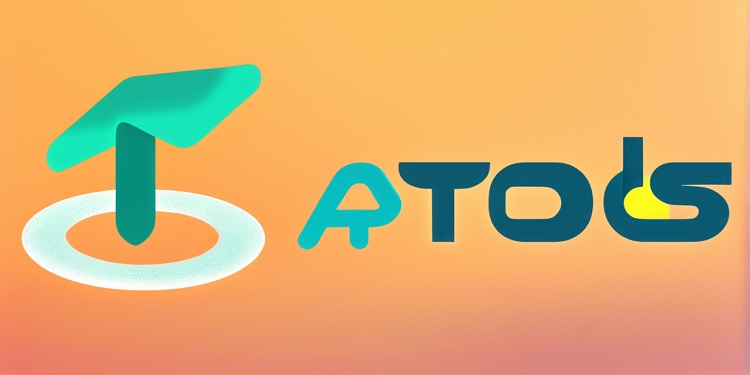Tether, the prominent issuer of the USDT stablecoin, recently announced its plans to extend the reach of its digital currency to the Aptos blockchain network. This move is a significant step in Tether’s broader strategy to enhance the adoption of digital currencies on a global scale. The integration is poised to deliver numerous benefits, particularly in the areas of transaction speed and cost-efficiency, which align with the company’s ongoing efforts to innovate within the digital financial space.
Aptos, recognized for its speed and scalability, offers a unique environment that supports low-cost transactions. This makes the platform an ideal partner for Tether, as it seeks to bring the advantages of USDT to a wider audience. The expansion to Aptos will allow Tether to capitalize on the network’s ability to facilitate microtransactions, thereby enabling users to engage in small-scale financial activities with minimal transaction fees.
Paolo Ardoino, CEO of Tether, highlighted that Aptos’ cutting-edge technology provides a robust foundation for conducting faster and more economical transactions using USDT. He emphasized that this collaboration reflects Tether’s commitment to leading the industry through innovation while simultaneously providing its users with stable and dependable financial tools. The integration is expected to reinforce Tether’s position as a leader in the digital currency market, particularly in the realm of stablecoins.
USDT, which is pegged to the US dollar, remains the world’s foremost stablecoin in terms of market capitalization. Currently, its market cap stands at over $116 billion, with a daily trading volume exceeding $31 billion. Meanwhile, Aptos, though smaller in comparison, holds a notable position as the 33rd largest cryptocurrency network globally, with a market cap of approximately $2.8 billion. The partnership between Tether and Aptos is anticipated to bring mutual benefits, enhancing the stability and utility of both platforms.
The integration of USDT on the Aptos blockchain is expected to not only expand Tether’s user base but also offer substantial benefits to developers operating within the Aptos ecosystem. The presence of USDT on Aptos will provide developers with a more robust environment for project development. By leveraging USDT alongside Aptos’ native programming language, Move, developers can contribute to the growth of both the decentralized finance (DeFi) and payments ecosystems on Aptos. This combination is likely to drive further innovation in the digital financial sector, particularly in the realms of DeFi and Web3 applications.
Bashar Lazaar, head of grants and ecosystem at Aptos Foundation, noted that the introduction of USDT to the Aptos network would accelerate the availability and utility of real-world value for institutions, Web3 developers, and everyday users around the world. The expansion is seen as a significant development in Tether’s ongoing mission to bring digital currency solutions to a broader audience.
Tether’s strategy of expanding across various blockchain networks has been evident in its previous integrations. The company has successfully introduced USDT to several blockchains, including the TON blockchain, and has established a significant presence on both Tron and Ethereum, where the majority of USDT’s supply is currently held. However, Tether has also made strategic decisions to discontinue its operations on certain blockchains, such as EOS and Algorand, where it has recently stopped minting new tokens.
The partnership with Aptos marks another milestone in Tether’s journey to provide stable and accessible digital currency solutions worldwide. By expanding to Aptos, Tether is poised to strengthen its position in the digital currency market, offering enhanced financial tools to users and developers alike. As Tether continues to grow its presence across multiple blockchain platforms, its commitment to innovation and global accessibility remains a central focus.
